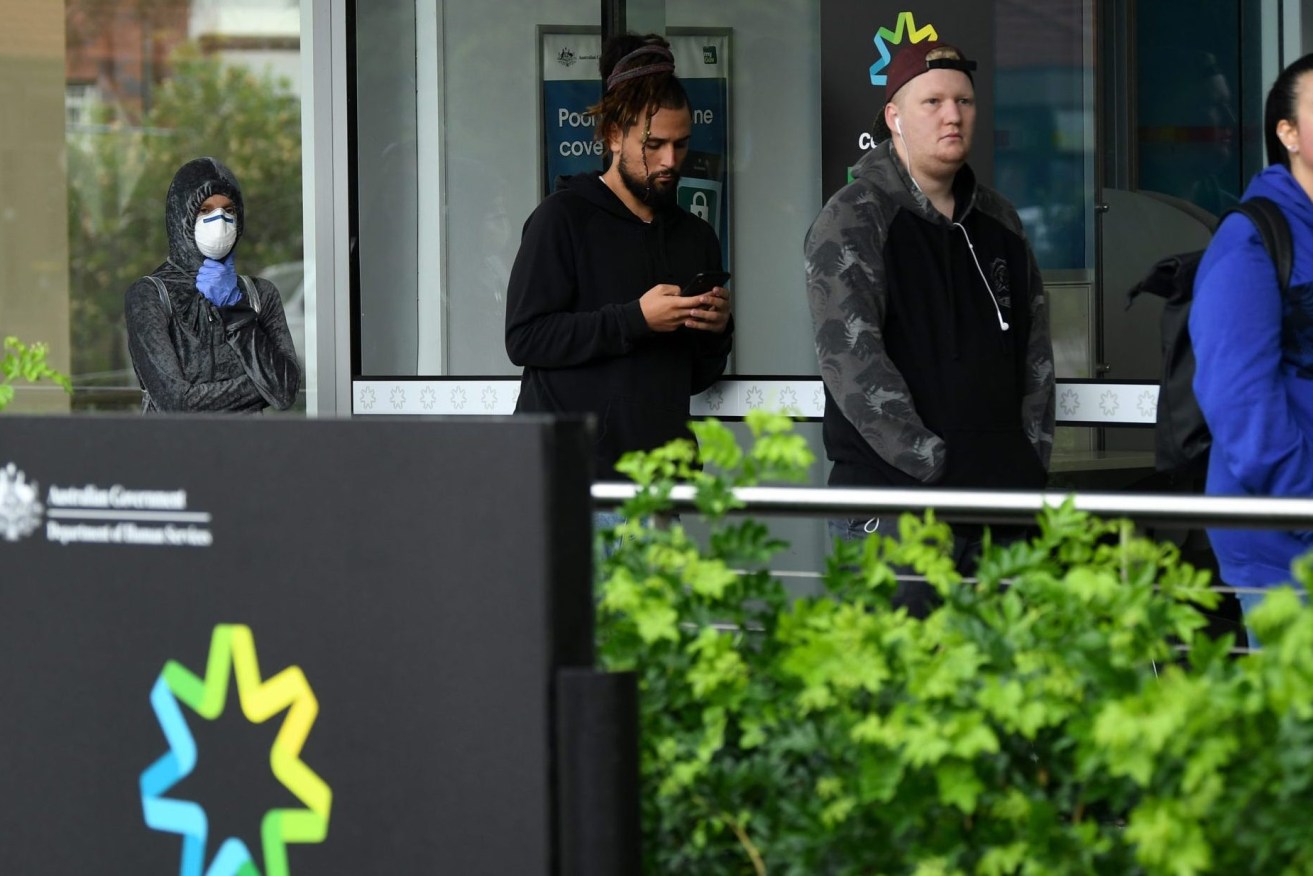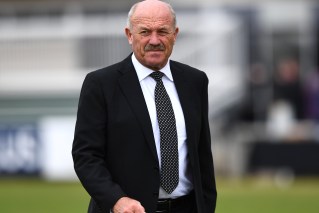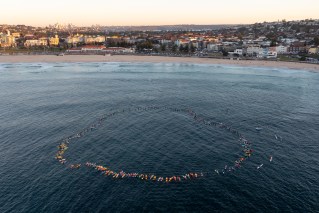PM flags rise in JobSeeker payment as jobless figure swells by 227,700 in May
The dole is unlikely to return to its previous $40-a-day level once a special coronavirus supplement ends in September.

Jobseekers over 55 will receive increased welfare payments (Photo: AAP Image/Joel Carrett)
Prime Minister Scott Morrison did not rule out an increase in the baseline JobSeeker rate when asked on Thursday, shortly after Australia’s jobless rate for May was announced at 7.1 per cent – meaning a further 227,700 Australians had lost their jobs because of COVID-19.
Morrison pointed to the economic statement Treasurer Josh Frydenberg will make on July 23 as crunch point for “a series of matters that relate to the next step in the government’s program of support to get people back into work”.
That would also include what level of mutual obligation would be placed on people receiving unemployment benefits.
“We continue to pull all the information together and get the right balance of all of those decisions,” Mr Morrison told reporters in Canberra.
Two separate media reports on Thursday said the government had conceded the rate could not return to its pre-virus level.
It was also suggested the government sees JobSeeker, with its links to employment services, as a better long-term option than the JobKeeper wage subsidy.
Shadow treasurer Jim Chalmers said that would be a recipe for a longer, deeper downturn.
“The government’s original instinct about this was right, that you want to make sure that as many Australians as possible maintain a connection with their employer for as long as possible,” he told reporters.
Mr Morrison said he had never dealt with a more complex policy issue than the question of whether it was better to keep people attached via wage subsidies to employers that may not be viable, or instead have them on welfare but in a system designed to help them back into work.
“If you have lost your job, JobSeeker is the place where you can connect to other employment services, to training opportunities,” he said.
National cabinet is also looking at how state support services could be provided to people on federal programs.
In a coincidence of timing, JobSeeker replaced the old Newstart allowance along with six other payments in March just as the coronavirus supports came into effect.
There has been a long campaign from broad sectors of the economy and social services system to increase the rate of the unemployment payment, which ordinarily is $550 a fortnight.
Greens social services spokeswoman Rachel Siewert said the 1.6 million people now receiving JobSeeker payments would not all magically find work in September when the temporary increase ended.
“If JobSeeker goes back to $40 a day we will see people default on their mortgages, renters that will be in even more housing stress and homelessness rates will increase,” she said.
The jobless rate had already climbed from 5.2 per cent in March to a revised 6.4 per cent in April, as the deadly global pandemic gripped the country.
May’s monthly drop in the number of people employed is the second largest on record after nearly 600,000 got sacked in April.
Another poor set of figures had been expected as a result of nationwide lockdowns.
Prime Minister Scott Morrison had been bracing for another set of “heartbreaking” employment figures.
“We’re in a recession and when you are in a recession, they are the sort of heartbreaking numbers we have to deal with and we still have a long way to go,” Mr Morrison told 2GB radio on Thursday.
“But it is good to see more and more businesses opening up now, the restrictions are coming off and I think people do get a sense we are on our way back.”
He noted consumer and business confidence had recovered from a huge jolt a few months ago when people were expecting the worst from the crisis.
The Australian Bureau of Statistics data showed full-time employment had decreased by 89,100 while part-time employment dropped by 138,600.
The participation rate of people either in or seeking work fell by a further 0.7 per cent to 62.9 per cent.
Monthly hours worked fell 0.7 per cent in May, to be down 10.2 per cent since March.
-AAP












